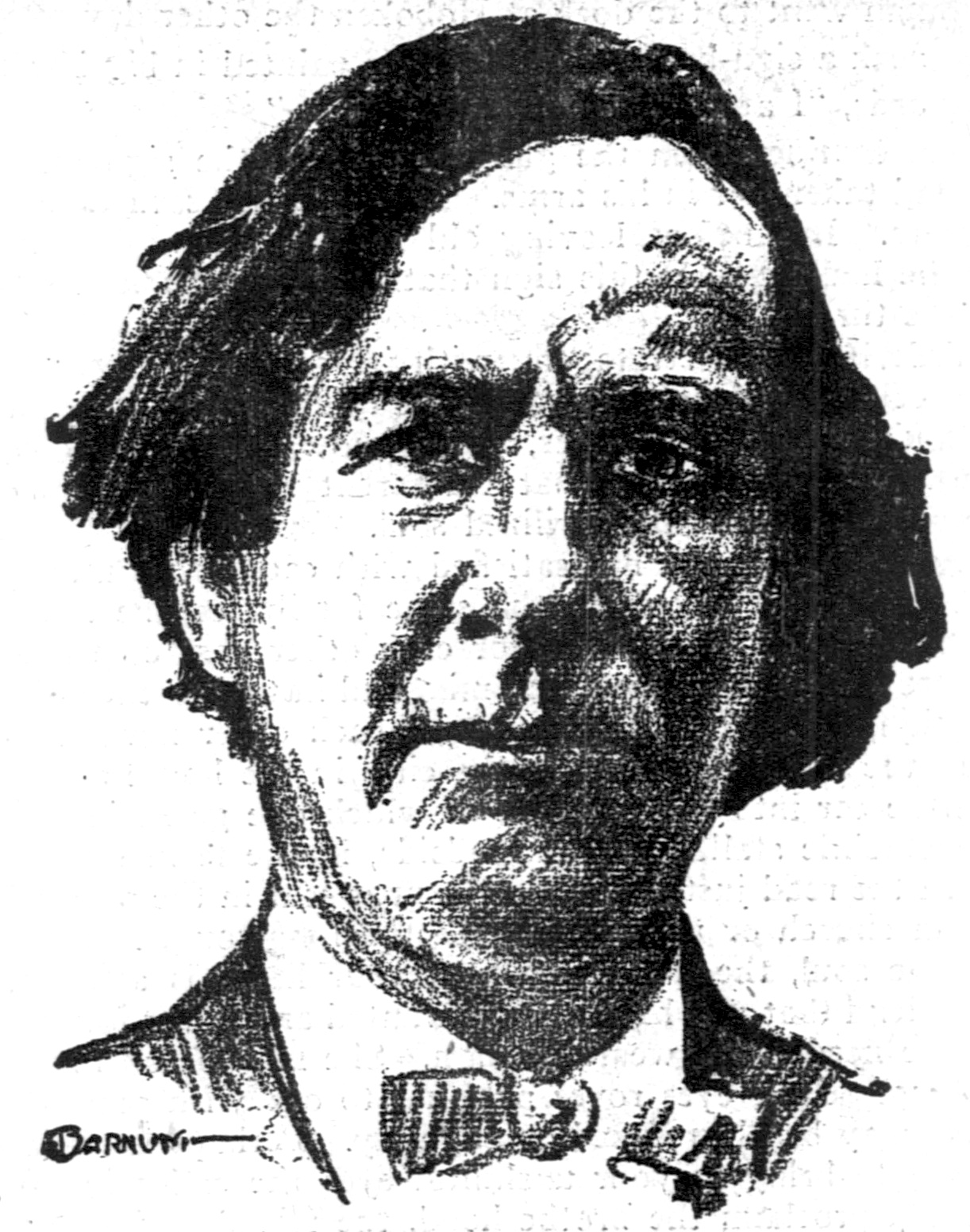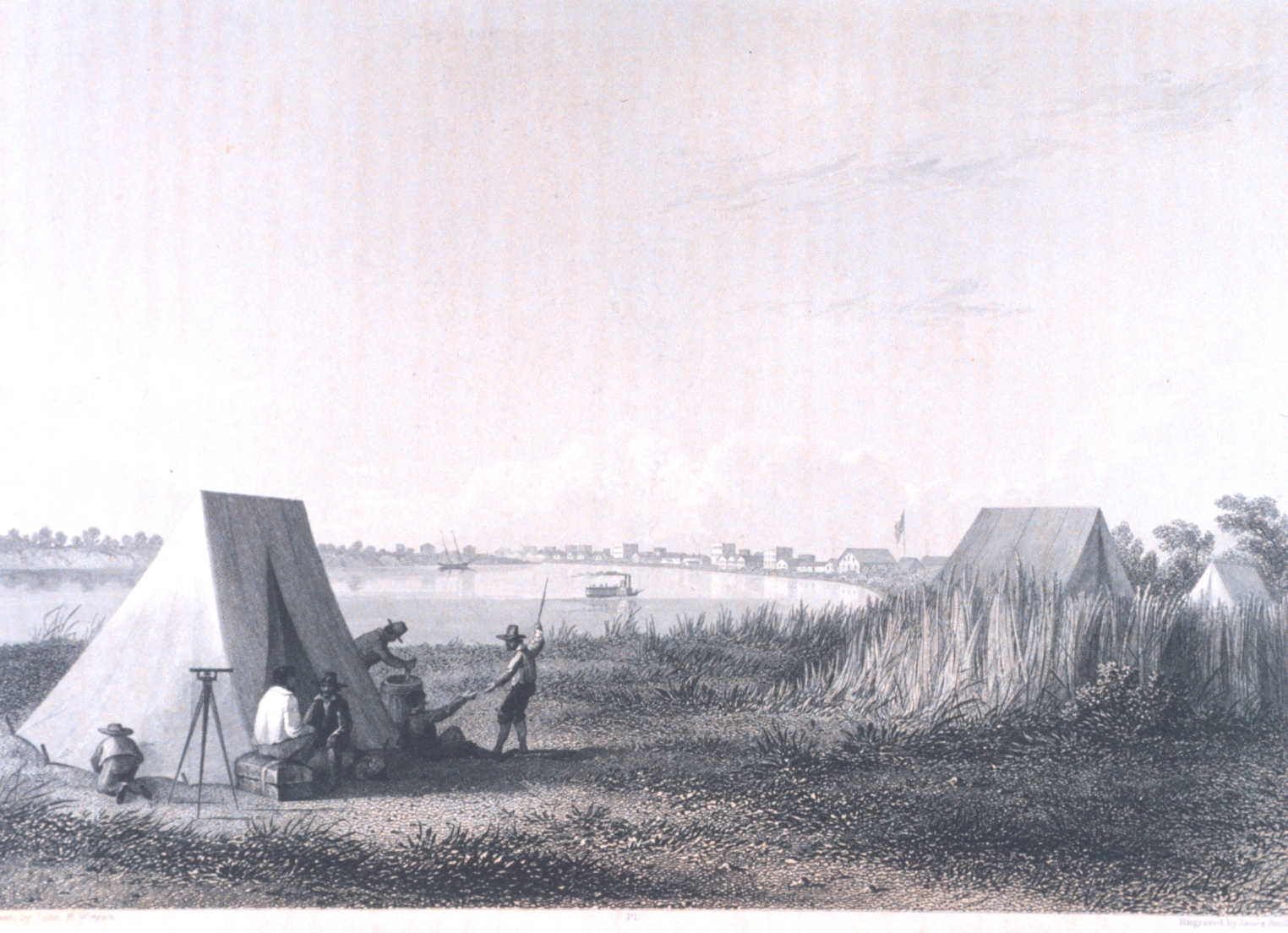|
San Pedro, Texas
San Pedro is a census-designated place (CDP) in Cameron County, Texas, United States. The population was 530 at the 2010 census. It is part of the Brownsville– Harlingen Metropolitan Statistical Area. Geography San Pedro is located in southern Cameron County at (25.979523, -97.598789), northwest of the center of Brownsville via U.S. Route 281. The community is less than 1 mile northeast of the Rio Grande, which forms the Mexico–United States border. According to the United States Census Bureau, the CDP has a total area of , all of it land. Demographics As of the census of 2000, 668 people, 179 households, and 148 families were residing in the CDP. The population density was . The 191 housing units averaged 77.2/sq mi (29.7/km2). The racial makeup of the CDP was 59.58% White, 0.15% African American, and 40.27% from other races. Hispanics or Latinos of any race were 96.56% of the population. Of the 179 households, 41.3% had children under the age of 18 living ... [...More Info...] [...Related Items...] OR: [Wikipedia] [Google] [Baidu] |
Census-designated Place
A census-designated place (CDP) is a concentration of population defined by the United States Census Bureau for statistical purposes only. CDPs have been used in each decennial census since 1980 as the counterparts of incorporated places, such as self-governing cities, towns, and villages, for the purposes of gathering and correlating statistical data. CDPs are populated areas that generally include one officially designated but currently unincorporated community, for which the CDP is named, plus surrounding inhabited countryside of varying dimensions and, occasionally, other, smaller unincorporated communities as well. CDPs include small rural communities, edge cities, colonias located along the Mexico–United States border, and unincorporated resort and retirement communities and their environs. The boundaries of any CDP may change from decade to decade, and the Census Bureau may de-establish a CDP after a period of study, then re-establish it some decades later. Most unin ... [...More Info...] [...Related Items...] OR: [Wikipedia] [Google] [Baidu] |
Harlingen, Texas
Harlingen ( ) is a city in Cameron County in the central region of the Rio Grande Valley of the southern part of the U.S. state of Texas, about from the coast of the Gulf of Mexico. The city covers more than and is the second-largest city in Cameron County, as well as the fourth-largest in the Rio Grande Valley. As of the 2020 census, the city had a population of 71,892. Harlingen is a principal city of the Brownsville–Harlingen metropolitan area, which is part of the larger Brownsville–Harlingen–Raymondville combined statistical area, included in the Matamoros–Brownsville metropolitan region. History Harlingen's strategic location at the intersection of U.S. Route 77 and U.S. Route 83, co-designated as Interstate 69 East and Interstate 2, respectively, in northwestern Cameron County, fostered its development as a distribution, shipping, and industrial center. In 1904, Lon C. Hill (a man of Choctaw ancestry) envisioned the Rio Grande as a commercial waterway. He ... [...More Info...] [...Related Items...] OR: [Wikipedia] [Google] [Baidu] |
South Texas Independent School District
South Texas Independent School District (STISD) is a magnet school district headquartered in Mercedes, Texas (USA). STISD operates magnet schools that draw students from three counties: Cameron, Hidalgo and Willacy. STISD covers an area of , overlapping 28 other school districts. The only all-magnet school district in the state, STISD offers students an educational alternative. STISD schools provide hands-on training in various professional career fields. Because it is a magnet school district, there is no cost for students to attend, and school bus transportation is also free of charge. STISD schools maintain an open enrollment policy, meaning any student can attend so long as they reside within the tri-county area. All schools are accredited by the Texas Education Agency and Southern Association of Colleges and Schools. Over 95 percent of STISD graduates continue their education at major universities or technical colleges. History The district was created in 1964 by the Te ... [...More Info...] [...Related Items...] OR: [Wikipedia] [Google] [Baidu] |
Brownsville Independent School District
Brownsville Independent School District is a school district based in Brownsville, Texas, United States. BISD serves most of the city of Brownsville and a portion of the town of Rancho Viejo as well as unincorporated areas in Cameron County, including Cameron Park, Reid Hope King, San Pedro, South Point, and Villa Pancho. It is the largest school district in the Rio Grande Valley metropolitan area. BISD won the 2008 Broad Prize for Urban Education, the largest school district award in the country, based on improving student performance, closing achievement gaps, and strong district-wide policies. In 2009, the school district was rated "academically acceptable" by the Texas Education Agency. Schools High schools * James Pace High School * Lopez High School * Gladys Porter High School *Simon Rivera High School *Homer Hanna High School * Veterans Memorial High School * Brownsville Early College High School Middle schools *Maytee Gentry Stell Middle School *Raul A. Be ... [...More Info...] [...Related Items...] OR: [Wikipedia] [Google] [Baidu] |
Poverty Line
The poverty threshold, poverty limit, poverty line or breadline is the minimum level of income deemed adequate in a particular country. The poverty line is usually calculated by estimating the total cost of one year's worth of necessities for the average adult.Poverty Lines – Martin Ravallion, in The New Palgrave Dictionary of Economics, 2nd Edition, London: Palgrave Macmillan The cost of housing, such as the rent for an apartment, usually makes up the largest proportion of this estimate, so economists track the real estate market and other housing cost indicators as a major influence on the poverty line. Individual factors are often used to account for various circumstances, such as whether one is a parent, elderly, a child, married, etc. The poverty threshold may be adjusted annually. In practice, like the definition of poverty, the official or common understanding of the poverty line is significantly higher in developed countries than in developing countries. In October 20 ... [...More Info...] [...Related Items...] OR: [Wikipedia] [Google] [Baidu] |
Per Capita Income
Per capita income (PCI) or total income measures the average income earned per person in a given area (city, region, country, etc.) in a specified year. It is calculated by dividing the area's total income by its total population. Per capita income is national income divided by population size. Per capita income is often used to measure a sector's average income and compare the wealth of different populations. Per capita income is also often used to measure a country's standard of living. It is usually expressed in terms of a commonly used international currency such as the euro or United States dollar, and is useful because it is widely known, is easily calculable from readily available gross domestic product (GDP) and population estimates, and produces a useful statistic for comparison of wealth between sovereign territories. This helps to ascertain a country's development status. It is one of the three measures for calculating the Human Development Index of a country. Per ... [...More Info...] [...Related Items...] OR: [Wikipedia] [Google] [Baidu] |
Race (United States Census)
Race and ethnicity in the United States census, defined by the federal Office of Management and Budget (OMB) and the United States Census Bureau, are the Self-concept, self-identified categories of Race and ethnicity in the United States, race or races and ethnicity chosen by residents, with which they most closely identify, and indicate whether they are of Hispanic or Latino (demonym), Latino origin (the only Race and ethnicity in the United States, categories for ethnicity). The racial categories represent a social-political construct for the race or races that respondents consider themselves to be and, "generally reflect a social definition of race recognized in this country." OMB defines the concept of race as outlined for the U.S. census as not "scientific or anthropological" and takes into account "social and cultural characteristics as well as ancestry", using "appropriate scientific methodologies" that are not "primarily biological or genetic in reference." The race cat ... [...More Info...] [...Related Items...] OR: [Wikipedia] [Google] [Baidu] |
Census
A census is the procedure of systematically acquiring, recording and calculating information about the members of a given population. This term is used mostly in connection with national population and housing censuses; other common censuses include censuses of agriculture, traditional culture, business, supplies, and traffic censuses. The United Nations (UN) defines the essential features of population and housing censuses as "individual enumeration, universality within a defined territory, simultaneity and defined periodicity", and recommends that population censuses be taken at least every ten years. UN recommendations also cover census topics to be collected, official definitions, classifications and other useful information to co-ordinate international practices. The UN's Food and Agriculture Organization (FAO), in turn, defines the census of agriculture as "a statistical operation for collecting, processing and disseminating data on the structure of agriculture, covering th ... [...More Info...] [...Related Items...] OR: [Wikipedia] [Google] [Baidu] |
Mexico–United States Border
The Mexico–United States border ( es, frontera Estados Unidos–México) is an international border separating Mexico and the United States, extending from the Pacific Ocean in the west to the Gulf of Mexico in the east. The border traverses a variety of terrains, ranging from urban areas to deserts. The Mexico–United States border is the most frequently crossed border in the world, with approximately 350 million documented crossings annually. It is the tenth-longest border between two countries in the world. The total length of the continental border is . From the Gulf of Mexico, it follows the course of the Rio Grande (Río Bravo del Norte) to the border crossing at Ciudad Juárez, Chihuahua, and El Paso, Texas. Westward from El Paso–Juárez, it crosses vast tracts of the Chihuahuan and Sonoran deserts to the Colorado River Delta and San Diego–Tijuana, before reaching the Pacific Ocean. Four American states border Mexico: California, Arizona, New Mexico, and ... [...More Info...] [...Related Items...] OR: [Wikipedia] [Google] [Baidu] |
Rio Grande
The Rio Grande ( and ), known in Mexico as the Río Bravo del Norte or simply the Río Bravo, is one of the principal rivers (along with the Colorado River) in the southwestern United States and in northern Mexico. The length of the Rio Grande is . It originates in south-central Colorado, in the United States, and flows to the Gulf of Mexico. The Rio Grande drainage basin (watershed) has an area of ; however, the endorheic basins that are adjacent to and within the greater drainage basin of the Rio Grande increase the total drainage-basin area to . The Rio Grande with Rio Grande Valley (landform), its fertile valley, along with its tributaries, is a vital watersource for seven US and Mexican states, and flows primarily through arid and semi-arid lands. After traversing the length of New Mexico, the Rio Grande becomes the Mexico–United States border, between the U.S. state of Texas and the northern Mexican states of Chihuahua (state), Chihuahua and Coahuila, Nuevo León a ... [...More Info...] [...Related Items...] OR: [Wikipedia] [Google] [Baidu] |
Brownsville, Texas
Brownsville () is a city in Cameron County in the U.S. state of Texas. It is on the western Gulf Coast in South Texas, adjacent to the border with Matamoros, Mexico. The city covers , and has a population of 186,738 as of the 2020 census. It is the 139th-largest city in the United States and 18th-largest in Texas. It is part of the Matamoros–Brownsville metropolitan area. The city is known for its year-round subtropical climate, deep-water seaport, and Hispanic culture. The city was founded in 1848 by American entrepreneur Charles Stillman after he developed a successful river-boat company nearby. It was named for Fort Brown, itself named after Major Jacob Brown, who fought and died while serving as a U.S. Army soldier during the Mexican–American War (1846–1848). As a county seat, the city and county governments are major employers. Other primary employers fall within the service, trade, and manufacturing industries, including a growing aerospace and space transpor ... [...More Info...] [...Related Items...] OR: [Wikipedia] [Google] [Baidu] |





